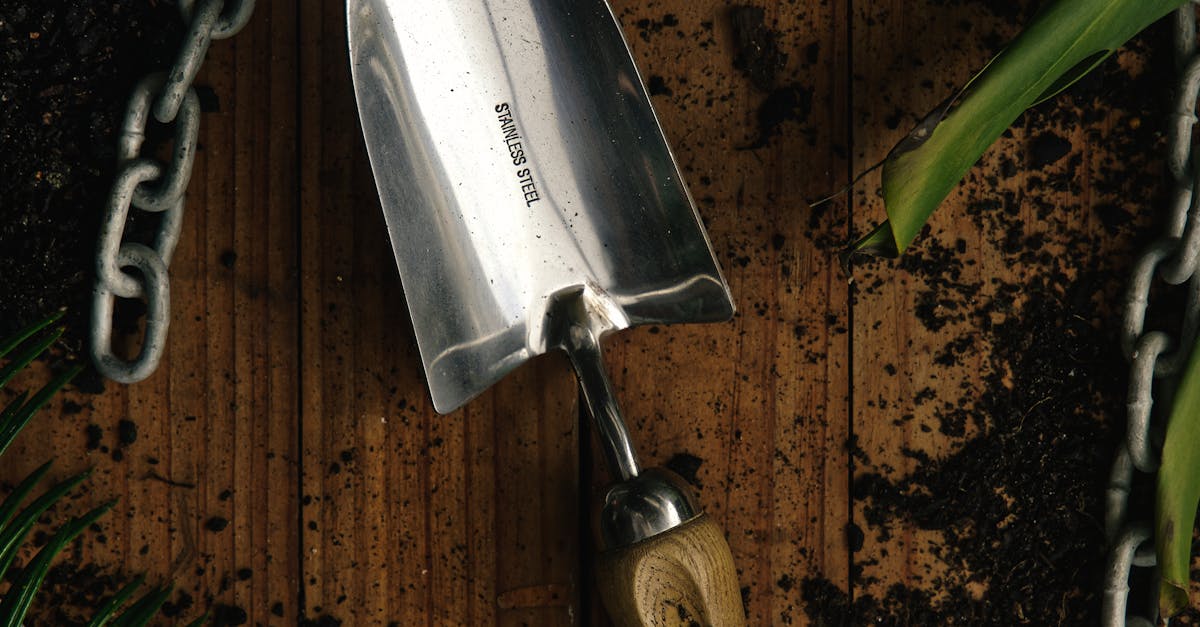When it comes to gardening, the allure of growing beautiful flowers alongside vegetables is undeniable. Incorporating flowers not only adds aesthetic appeal but also attracts pollinators and beneficial insects to your vegetable garden. In this article, we will explore 18 essential instructions for successfully cultivating flowers in both traditional vegetable gardens and hydroponic setups.
1. Plan Your Garden Layout:
Before starting your flower and vegetable garden, sketch a layout to determine where each plant will be placed. Consider factors like sunlight requirements and plant heights to create a harmonious garden space.
2. Choose Complementary Flowers:
Select flowers that complement the vegetables you plan to grow. Marigolds, for example, can deter pests in vegetable gardens, while nasturtiums add color and are edible.
3. Prepare the Soil:
Ensure your garden soil is well-drained and rich in organic matter. Amend the soil with compost and organic fertilizers to provide the necessary nutrients for both flowers and vegetables.
4. Incorporate Companion Planting:
Utilize companion planting techniques to benefit both flowers and vegetables. Planting basil near tomatoes, for instance, can improve tomato flavor while deterring pests.
5. Opt for Native Plants:
Choose native flowers that are well-suited to your region’s climate and soil conditions. Native plants require less maintenance and are more resilient against local pests and diseases.
6. Water Properly:
Provide adequate water for your flowers and vegetables, taking care not to overwater or underwater. Consider implementing drip irrigation systems in both traditional and hydroponic gardens for efficient water use.
7. Implement Mulching:
Mulch your garden beds to retain soil moisture, suppress weeds, and regulate soil temperature. Organic mulches like straw or leaves also decompose over time, enriching the soil.
8. Prune Regularly:
Pruning encourages healthy growth and flowering in plants. Deadhead spent flowers and trim back overgrown vegetation to promote new blooms and prevent disease.
9. Monitor Pests and Diseases:
Keep a close eye on your garden for signs of pests and diseases. Utilize natural pest control methods like introducing beneficial insects or using organic pesticides to protect your plants.
10. Provide Support:
Some flowers, like climbing roses or sweet peas, may require support structures such as stakes or trellises. Proper support ensures that plants grow upright and prevents damage.
11. Consider Container Gardening:
Incorporate flowers in your vegetable garden through container gardening. Plant vibrant blooms in pots alongside your vegetable plants for a visually appealing display.
12. Explore Hydroponic Gardening:
Experiment with hydroponic gardening to grow flowers and vegetables without soil. Hydroponic systems provide precise control over nutrient levels and are ideal for small spaces.
13. Maintain pH Levels:
In hydroponic gardening, monitor and adjust the pH levels of the nutrient solution to ensure optimal nutrient uptake by plants. Most flowers thrive in slightly acidic pH levels between 5.5 to 6.5.
14. Control Light Exposure:
Adjust the lighting schedule for your hydroponic garden to mimic natural daylight patterns. Flowers require adequate light to bloom, so ensure they receive the right amount of light each day.
15. Feed Nutrients:
Regularly feed your flowers and vegetables in hydroponic systems with a balanced hydroponic nutrient solution. Check nutrient levels regularly and adjust as needed based on plant growth stages.
16. Harvest Flowers Thoughtfully:
When harvesting flowers, do so strategically to encourage continuous blooming. Remove spent blooms to redirect the plant’s energy into producing new flowers.
17. Rotate Crops:
In both traditional and hydroponic gardens, practice crop rotation to prevent soil depletion and disease buildup. Move plants to different locations each season to maintain soil health.
18. Enjoy the Fruits of Your Labor:
Finally, take time to appreciate the beauty and bounty of your flower and vegetable garden. Revel in the vibrant colors, fragrant blooms, and nutritious produce that you have nurtured with care.
Conclusion:
By following these 18 instructions, you can create a thriving garden filled with gorgeous flowers alongside your beloved vegetables. Whether you prefer traditional gardening methods or innovative hydroponic systems, the key is to provide the right conditions for your plants to flourish. Embrace the synergy between flowers and vegetables in your garden and enjoy the benefits of a vibrant and productive growing space.


